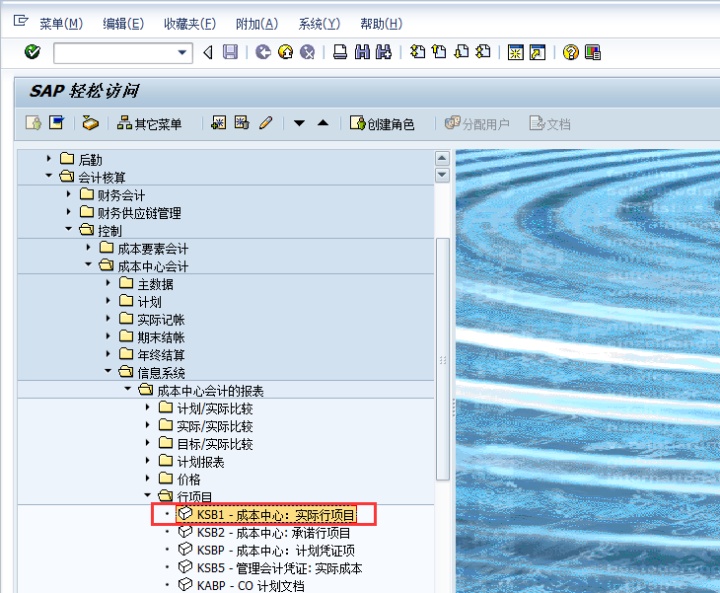
成本中心是SAP中的重要成本对象,之前我们介绍了成本中心费用报表S_ALR_87013611,今天给大家介绍成本中心明细报表KSB1。
KSB1标准菜单路径如下,

进入KSB1的初始界面如下,

KSB1可以按时间段查询成本中心的费用明细,在“更多设置”中可以设置输出的行项目数,以及输出的格式。


成本中心是SAP中的重要成本对象,之前我们介绍了成本中心费用报表S_ALR_87013611,今天给大家介绍成本中心明细报表KSB1。
KSB1标准菜单路径如下,

进入KSB1的初始界面如下,

KSB1可以按时间段查询成本中心的费用明细,在“更多设置”中可以设置输出的行项目数,以及输出的格式。

 1724
1724

 被折叠的 条评论
为什么被折叠?
被折叠的 条评论
为什么被折叠?


